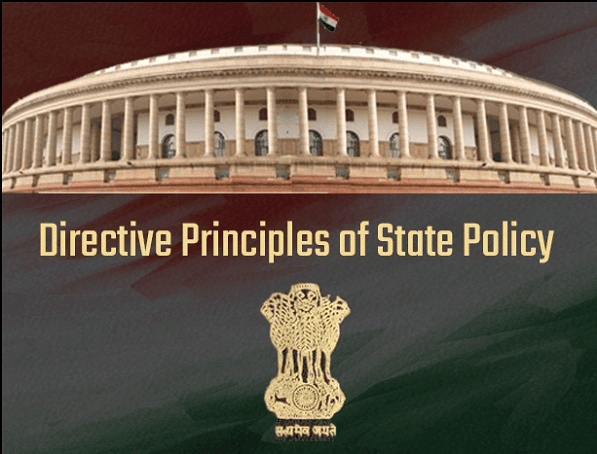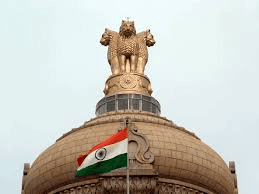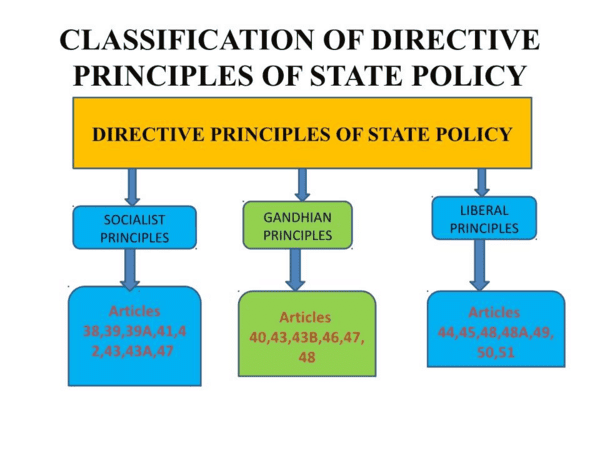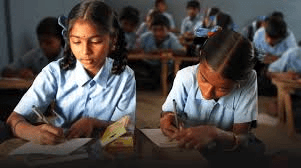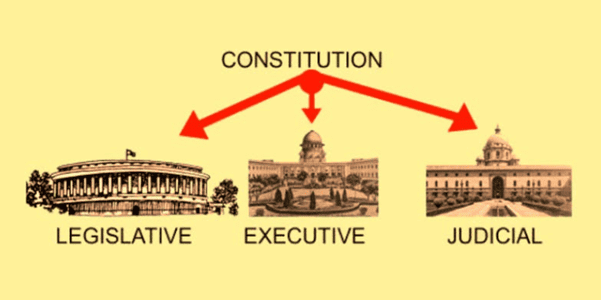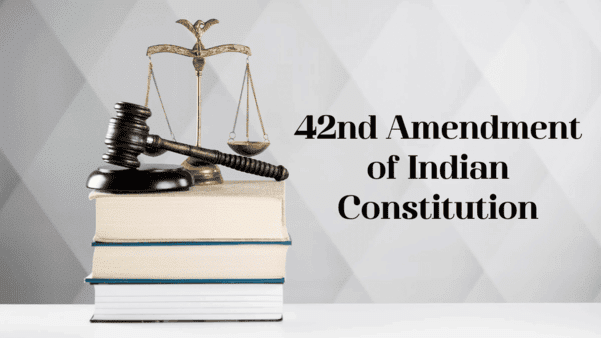|
The scope of Directive Principles of State Policy includes ___ and ___ governments. |
Card: 3 / 44 |
|
To establish a welfare state that promotes justice, liberty, equality, and fraternity.  |
Card: 6 / 44 |
|
The government is compelled to implement the Directive Principles of State Policy. True or False? |
Card: 7 / 44 |
|
It implies that they cannot be enforced by courts, meaning the government is not legally obligated to implement them. |
Card: 10 / 44 |
|
Fill in the blank: The Directive Principles aim to create a '___ state,' not a 'police state.' |
Card: 11 / 44 |
|
The Directive Principles of State Policy in the Indian Constitution can be classified into ___ categories. |
Card: 13 / 44 |
|
True or False: Article 39A of the Directive Principles provides for free legal aid to the poor. |
Card: 15 / 44 |
|
To promote people's welfare and strive for a just social, economic, and political order. |
Card: 18 / 44 |
|
True or False: Article 48 of the Directive Principles allows for the slaughter of cows and calves. |
Card: 19 / 44 |
|
False. Article 48 prohibits the slaughter of cows, calves, and other useful cattle. 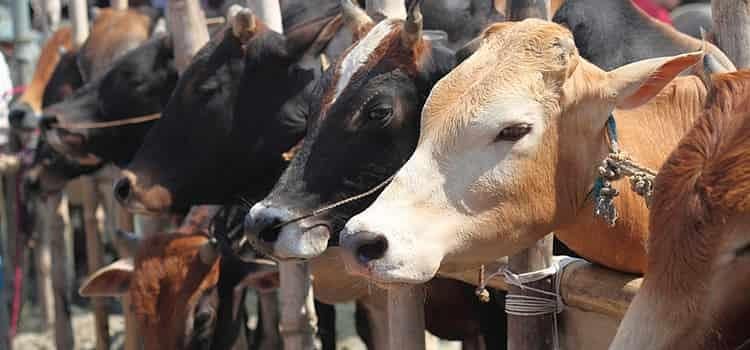 |
Card: 20 / 44 |
|
Fill in the blank: The Gandhian principles encourage the formation of cooperative societies with ___ participation. |
Card: 21 / 44 |
 Unlock all Flashcards with EduRev Infinity Plan Starting from @ ₹99 only
|
|
Which article ensures the right to work, education, and public assistance during unemployment? |
Card: 23 / 44 |
|
True or False: Article 45 mandates the provision of early childhood care and education for children until the age of eight. |
Card: 25 / 44 |
|
Fill in the blank: Article 48 focuses on organizing agriculture and animal husbandry using ___ and ___ methods. |
Card: 27 / 44 |
|
True or False: Article 49 is concerned with the preservation of monuments and places of artistic or historic importance. |
Card: 29 / 44 |
|
Fill in the blank: Article 50 advocates for the separation of the ___ from the ___ in public services of the State. |
Card: 31 / 44 |
|
To promote international peace, maintain just and honorable relations between nations, respect international law and treaties, and encourage arbitration for settling international disputes. |
Card: 34 / 44 |
|
The 42nd Amendment Act of 1976 added four new Directive Principles, one of which is Article 39A, which promotes ___ and provides free legal aid to the poor. |
Card: 35 / 44 |
|
True or False: The 44th Amendment Act of 1978 added the Directive Principle under Article 38, which aims to minimize inequalities in income, status, facilities, and opportunities. |
Card: 37 / 44 |
|
The 86th Amendment Act of 2002 made elementary education a fundamental right under which Article? |
Card: 39 / 44 |
|
What is the significance of Article 43B, added by the 97th Amendment Act of 2011? |
Card: 41 / 44 |
|
It requires the state to promote voluntary formation, autonomous functioning, democratic control, and professional management of cooperative societies. |
Card: 42 / 44 |
|
True or False: The 42nd Amendment Act of 1976 did not address children's rights. |
Card: 43 / 44 |
|
False - It included Article 39 which secures opportunities for healthy child development. |
Card: 44 / 44 |





